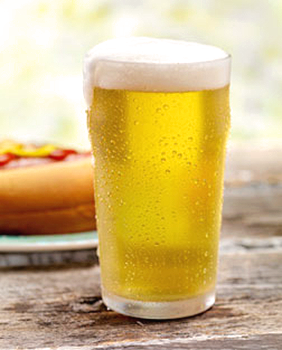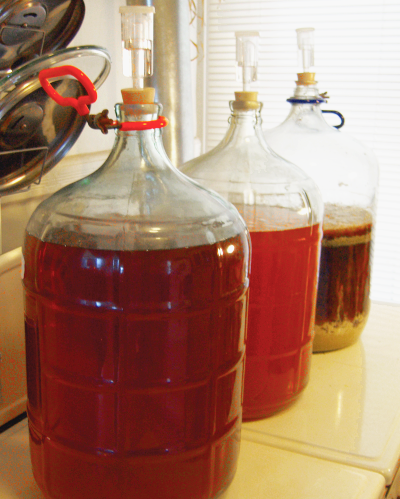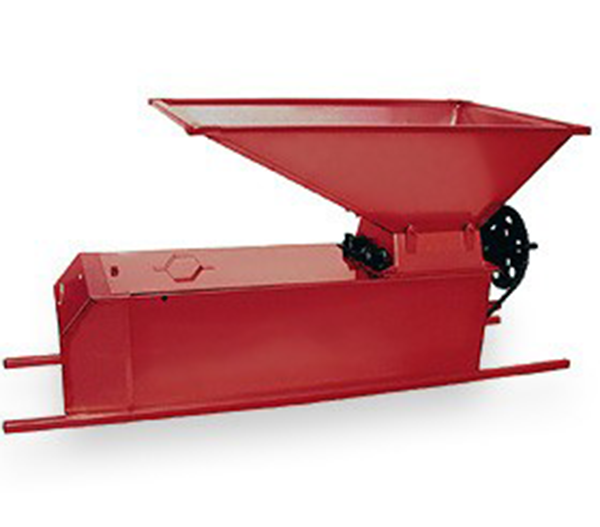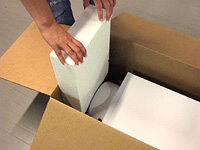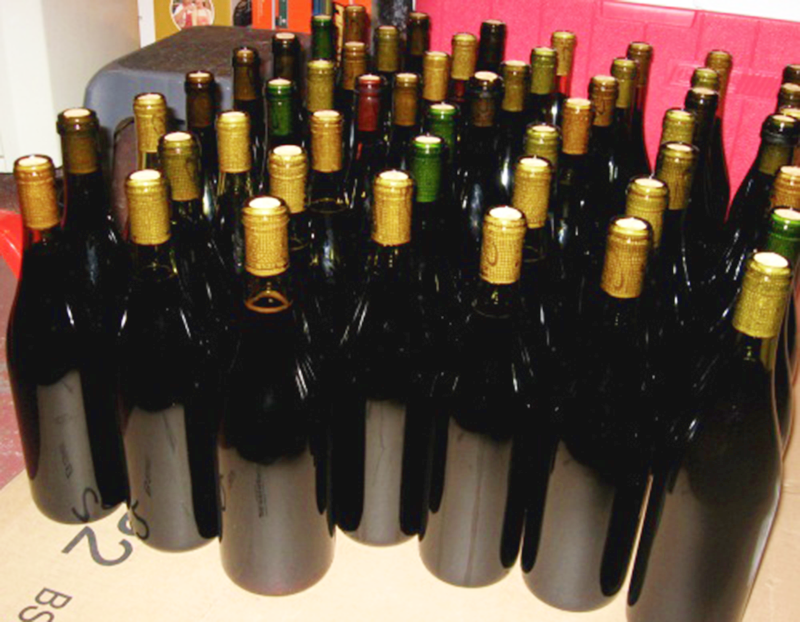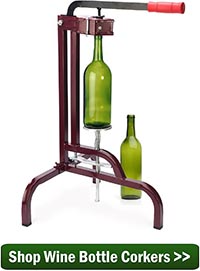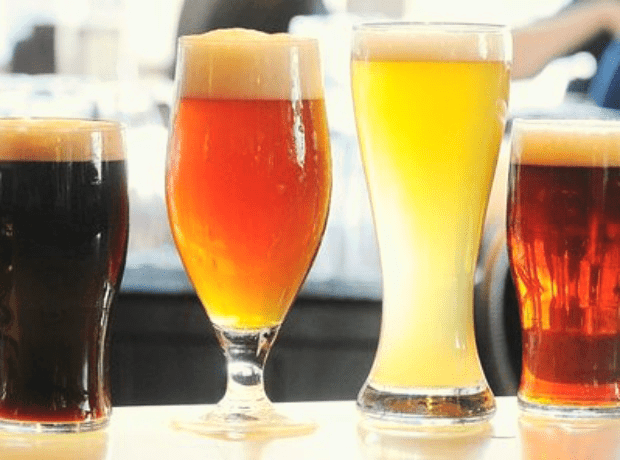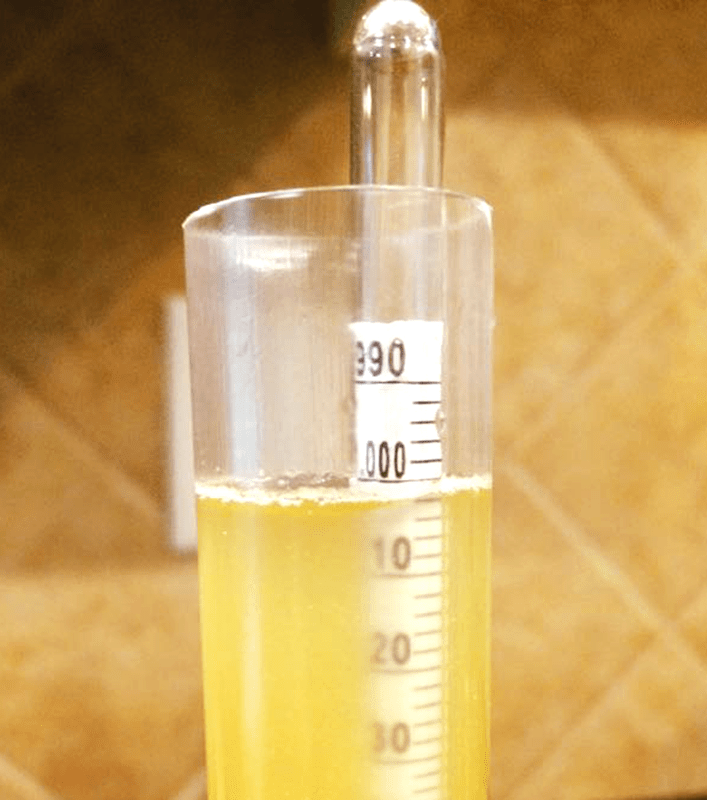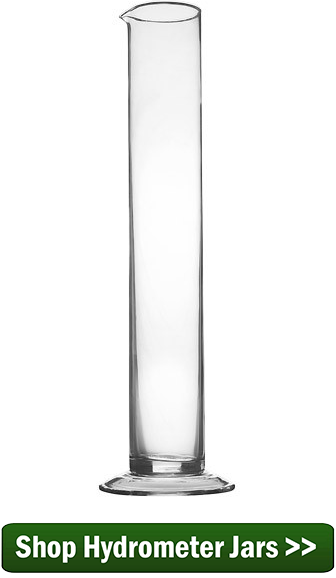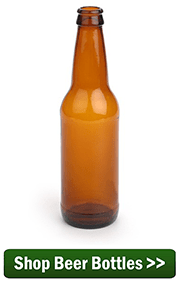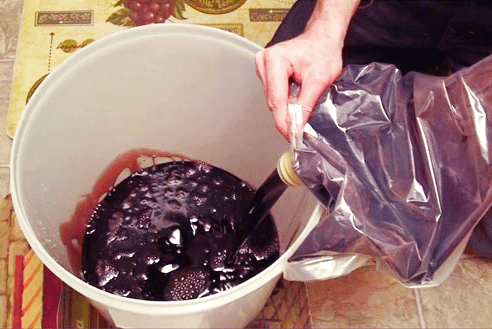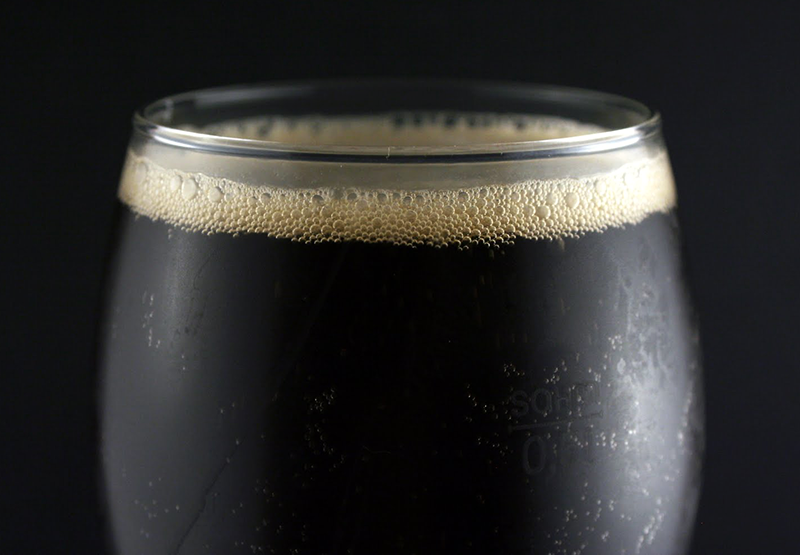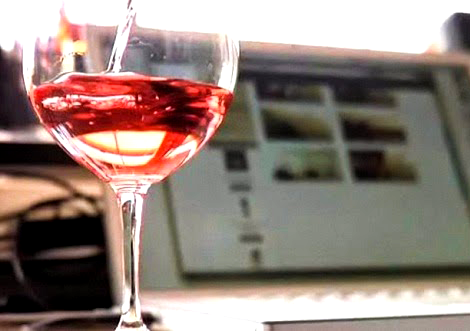 Hi all!
Hi all!
I can’t believe I don’t have any wines currently going in my little winery room right now! I feel guilty admitting that, but hey, sometimes you realize all of a sudden that you just bottled your last wine and you completely forgot to order a new wine kit in time to get a new one going as soon as the old one was finished! Whoops!
I decided to take a little time to put together a list of wine making items I need or have been wanting to purchase from E C Kraus and share them all with you now:
Two new winemaking kits:
I’m not ready yet to make wine from my own fruit, as a lot of fruits don’t come into season here in Colorado for a little while still and I would prefer to use local produce rather than just buy a bunch of imported stuff from the grocery store.
I definitely need to make that Chardonnay that I completely screwed up several weeks ago. As a reminder, that was the Cellar Craft Sterling Collection Chardonnay California Reserve. I am determined to see this one through all the way to bottling and fingers crossed I don’t make any mistakes with that one again.
For the red, I decided to go for a dessert-style wine and make the Cellar Craft Specialty Collection Black Currant Dessert Wine (Porto Corinto Style). I love Port-style wines and would love to be able to make one myself. Since I just making a very light style red (the Nebbiolo), I thought it would be fun to go the complete opposite and make a heavier dessert Port-style wine this time around.
Random “bits and pieces” of equipment:
I really need to get in a better habit of writing things down the moment I think of them, but I think this is everything I’ve been wanting/needing.
A new bottle brush:  The one I currently have was one I actually bought for day-to-day dishes and not actually for cleaning wine bottles. When I went to try and clean out one particularly dirty bottle the other day, I stuck the brush in the neck and it didn’t even go half way into the bottle. That bottle ended up being tossed into recycling and now I know I need to order a wine bottle brush and not a run-of-the-mill bottle brush.
The one I currently have was one I actually bought for day-to-day dishes and not actually for cleaning wine bottles. When I went to try and clean out one particularly dirty bottle the other day, I stuck the brush in the neck and it didn’t even go half way into the bottle. That bottle ended up being tossed into recycling and now I know I need to order a wine bottle brush and not a run-of-the-mill bottle brush.
A stainless steel strainer: If you remember from one of my previous entries, I needed a way to remove elderberries from my Nebbiolo wine so they wouldn’t get transferred into my clean carboy. A strainer would have come in handy here.
I definitely have other things that I would like but don’t necessarily need right now (don’t we all have those!), but I think this list will do nicely for now.
———————————–
 My name is Leigh Erwin, and I am a brand-spankin’ new home winemaker! E. C. Kraus has asked me to share with you my journey from a first-time dabbler to an accomplished home winemaker. From time to time I’ll be checking in with this blog and reporting my experience with you: the good, bad – and the ugly.
My name is Leigh Erwin, and I am a brand-spankin’ new home winemaker! E. C. Kraus has asked me to share with you my journey from a first-time dabbler to an accomplished home winemaker. From time to time I’ll be checking in with this blog and reporting my experience with you: the good, bad – and the ugly.

